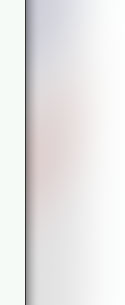|
Reviews index
Sat 23rd June 2018 Excursion to Ridnaun
Traditionally, the annual excursion used to take members of the Austro-British Society to destinations somehow – if only loosely – connected to Great Britain. Not so this year – unless you want to make the case that mining has been an integral part of British economy for many, many centuries.
Be that as it may – this year’s day trip took us to the mining museum at the end of the Ridnaun valley near Sterzing. It must be said that we were extremely lucky with the weather considering the way this summer turned out in our part of the world:
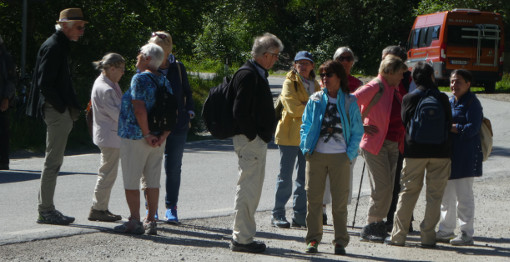 it was a sunny day, not too hot but certainly warm enough for the end of June. And so, about twenty of us set out from our base at the Handelsakademie in Innsbruck at eight in the morning on 23 June. it was a sunny day, not too hot but certainly warm enough for the end of June. And so, about twenty of us set out from our base at the Handelsakademie in Innsbruck at eight in the morning on 23 June.
The Mines
The mines at the end of the Ridnaun valley are special indeed: situated high up in the mountains, living and working there must have been awesome. This is documented in the magnificent Mining Museum.
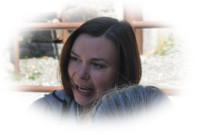 A charming young guide took us round: into the tunnels at first and then through the processing plant. Mining in this location began as early as 800 years ago. Originally, it was done for silver, later mainly for lead and zinc. Getting the ore down the mountain was a daunting task in itself; but then it had to be taken to Sterzing and from there over the Brenner Pass. The advent of the railway in 1867 gave the mines a new boost. In the 1920s, the processing plant was modernized with site-of-the-art technology. A charming young guide took us round: into the tunnels at first and then through the processing plant. Mining in this location began as early as 800 years ago. Originally, it was done for silver, later mainly for lead and zinc. Getting the ore down the mountain was a daunting task in itself; but then it had to be taken to Sterzing and from there over the Brenner Pass. The advent of the railway in 1867 gave the mines a new boost. In the 1920s, the processing plant was modernized with site-of-the-art technology.
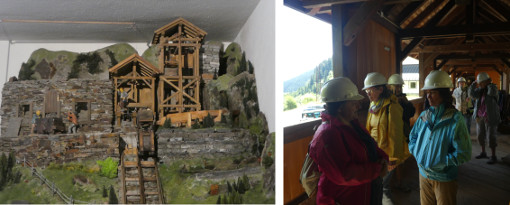 In the tunnels, we got an impression of the gruesome working conditions of earlier times. Machinery may eventually have made life easier for miners in that it eased physical exertion; on the other hand, it introduced the deafening noise of pneumatically powered equipment into the underground world. In the tunnels, we got an impression of the gruesome working conditions of earlier times. Machinery may eventually have made life easier for miners in that it eased physical exertion; on the other hand, it introduced the deafening noise of pneumatically powered equipment into the underground world.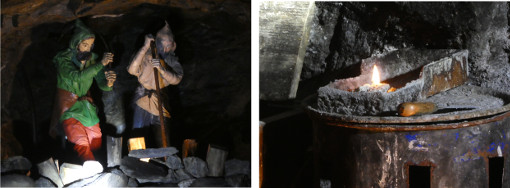 A few demonstrations sufficed to drive home the point. From the tunnels – notably cold and damp – and the plant we were back into the welcome sunshine of a glorious June day. A few demonstrations sufficed to drive home the point. From the tunnels – notably cold and damp – and the plant we were back into the welcome sunshine of a glorious June day.  After lunch at the adjacent Knappenstube, we were first off to the entrance of the Gilfenklamm where the majority of AustroBrits were eager for a bit of physical exercise in typical Alpine fashion; whereas the rest went for a look at Schloss Wolfsthurn . After lunch at the adjacent Knappenstube, we were first off to the entrance of the Gilfenklamm where the majority of AustroBrits were eager for a bit of physical exercise in typical Alpine fashion; whereas the rest went for a look at Schloss Wolfsthurn .
The Gilfenklamm
After lunch the bus took part of the group to the village Stanghe where the entrance to the Gilfenklamm gorge is located. It was not so easy to find the entrance and therefor the group split up. Both groups found the entrance, only Elmar who had the money was missing.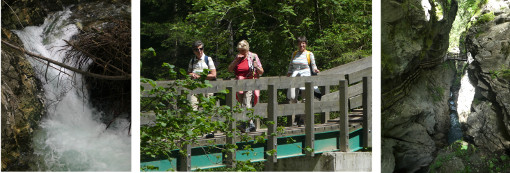 Finally the group managed to enter the gorge and also Elmar re-appeared. Finally the group managed to enter the gorge and also Elmar re-appeared.
The Gilfenklamm is a gorge in pure white marble and stretches from the village of Stanghe into the Ridnaun Valley to the hamlet of Jaufensteeg/Ponte Giovo. Wooden bridges and runways lead through the canyon and give a spectacular sight to the waterfalls. The primordial power of the water is tangible with all senses. The gorge is protected as a natural monument and is known as one of the most beautiful natural attractions in the Alpine region. The runways through the gorge were built in 1896 and restored in the early 1960s.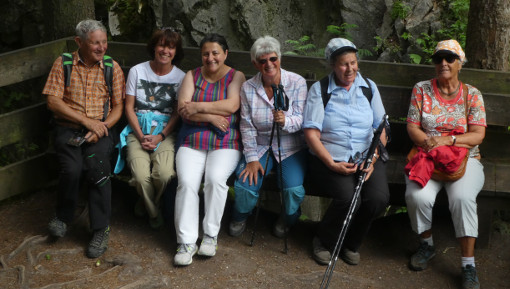 The hike through the gorge lasted more than one hour and at the end we needed a rest. The hike through the gorge lasted more than one hour and at the end we needed a rest.
 s As can be seen on photos we all enjoyed ourselves whether walking or resting. s As can be seen on photos we all enjoyed ourselves whether walking or resting.
Wolfsthurn Castle
While more sportive members set off on a hike through the Gilfenklamm, the less agile among us visited the Castle of Wolfsthurn.
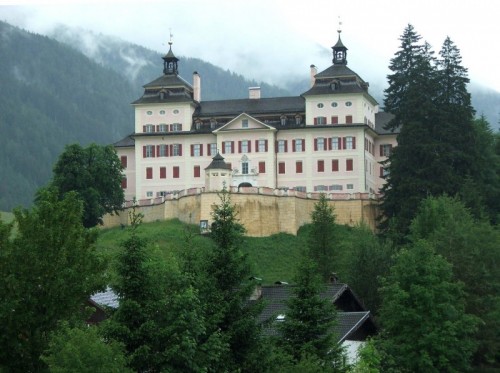
Standing on a hill above the village of Mareit, this baroque castle is considered to be one of the most beautiful in Tyrol. It now houses the museum of hunting and fishing on its first floor, with historically and culturally interesting exhibits from ancient fishing rods and nets to engraved hunting rifles and of course examples of the wildlife of the area. The rooms above, which are the state rooms of the castle, are preserved in their original condition, with tapestries and original furnishings. These give an impression of aristocratic life in the 18th and 19th centuries. We admired the beautiful ballroom and the rich tapestries and noted how the 365 windows provide for a light and pleasant atmosphere.
With many stately impressions we then drove up the valley and joined our walkers.
Everybody met again at the café, Jaufensteeg, at the top of the Gilfenklamm for the usual coffee, cake and ice-cream at the end of an AustroBrits’ excursion.  And then it was time to cross the Brenner and return home. And then it was time to cross the Brenner and return home.
Hazel did an excellent job working out and organizing the excursion – again. It’s getting to the state where we’re expecting no less from her. So, before too much is being taken for granted, a heartfelt thank you in the name of the participants. Their merry chatter when we all met up again was proof enough for the success of this year’s excursion.
Reviews index
------> next review
|
|
 |
| We are starting our Winter Season on 10th September |
|
|
|
 |
|
 |
|
 |
|
|


